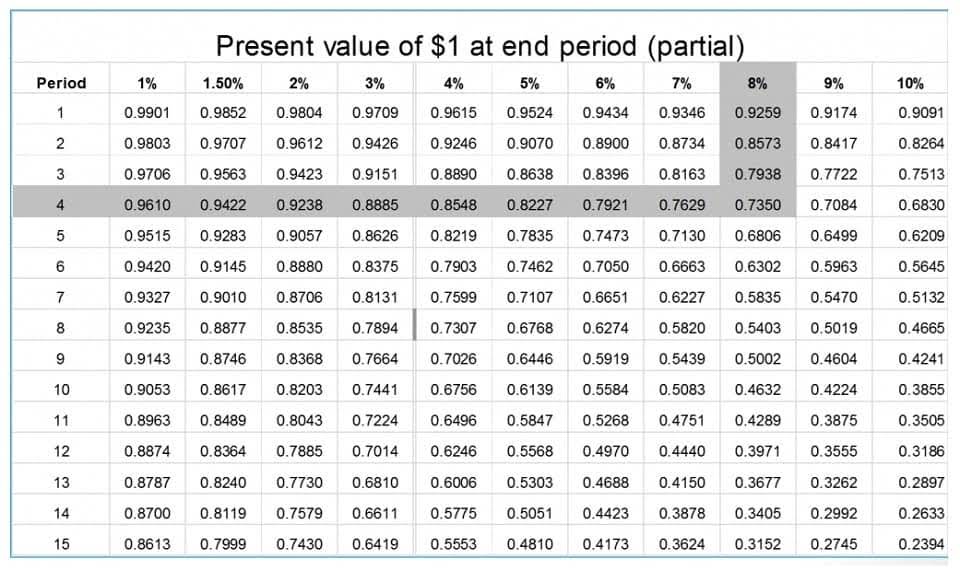
Jami Gong is a Chartered Professional Account and Financial System Consultant. She holds a Masters Degree in Professional Accounting from the University of New South Wales. Her areas of expertise include accounting system and enterprise resource planning implementations, as well as accounting business process improvement and workflow design. Jami has collaborated with clients large and small in the technology, financial, and post-secondary fields. When a company determines that a particular debt cannot be collected, it reduces both A/R and the doubtful-accounts allowance by the amount of the bad debt. When it does so, it reports an expense for the amount added to the allowance.
IFRS and US GAAP
- The former is specific to an entity, while the latter isn’t (see IAS 2.7).
- As mentioned above, there are instances where we use the net realizable value to calculate the accounts receivable balance.
- The important thing here is that sometimes, due to unfortunate circumstances, there could be an uncollected amount that should have been counted in the accounts receivable.
- The net realizable value formula calculates the net realizable value and gives a figure that firms can expect as profit.
- The accountant realizes that 5 out of the 100 accounts will be missing payments; therefore, those 5 accounts will be labeled as uncollected amounts.
Instead, the goal here is to use a method that generates the least profits, so a professional like a certified public accountant must carefully apply a conservative approach when selling an asset. This was https://www.bookstime.com/ updated in 2015 to where companies must now use the lower of cost or NRV method, which is more consistent with IFRS rules. In essence, the term “market” has been replaced with “net realizable value.”
Evidence after the reporting period
In that case, we subtract the amount not received from the production and sale costs. One of the primary uses of net realizable value is inventory valuation in accounting. If a business buys goods, it needs to make a product that it can sell; it might suffer some extra costs through this process.
- The company states that as part of its calculation of inventory, the company wrote-down $592 million.
- For example, suppose a company’s inventory was purchased for $100.00 per unit two years ago, but the market value is now $120.00 per unit at present.
- To calculate, the selling price of the asset is considered and then, the other costs incurred to achieve the sales is subtracted from it.
- This prevents the value of the item(s) from being overstated on financial statements.
- Other times NRV is used by accountants to make sure an asset’s value isn’t overstated on the balance sheet.
- This is true for even recently manufactured products; companies not in tune with market conditions may be producing goods that are already outdated.
Lower of cost or market (LCM) rule

For any company, accounts receivables and inventory are the two asset forms that it maintains. The net realizable value formula helps in determining the value of both. The NRV analysis that companies perform is accepted by generally accepted accounting principles (GAAP) as well as International Financial Reporting Standards (IFRS). NRV is the valuation method which is adopted by the firms to ensure they price the assets properly. To calculate, the selling price of the asset is considered and then, the other costs incurred to achieve the sales is subtracted from it. These costs are disposale costs, including transport fees, taxes, etc.

Under GAAP, inventories are measured at lower of cost or market provided that the market value must not exceed the NRV of inventory. When doing the NRV calculations for accounts receivable, the allowance for doubtful accounts or bad debts takes the place of total selling costs. Net realizable value is the estimated net realizable value selling price of goods, minus the cost of their sale or disposal. It is used in the determination of the lower of cost or market for on-hand inventory items. The deductions from the estimated selling price are any reasonably predictable costs of completing, transporting, and disposing of inventory.

It is a conservative method, which means that the accountant should post the transaction that does not overstate the value of assets and potentially generates less profit for valuing assets. It usually requires certified public accountants (CPAs) to do the job as it involves a lot of judgment. GAAP require companies to strictly abide by the conservatism principle to appraise the value of assets. The Net Realizable Value (NRV) is the profit realized from selling an asset, net of any estimated sale or disposal costs. Suppose an accountant from company X is counting the final accounts receivable balance. The accountant realizes that 5 out of the 100 accounts will be missing payments; therefore, those 5 accounts will be labeled as uncollected amounts.
Net Realizable Value Analysis

Leave a Reply